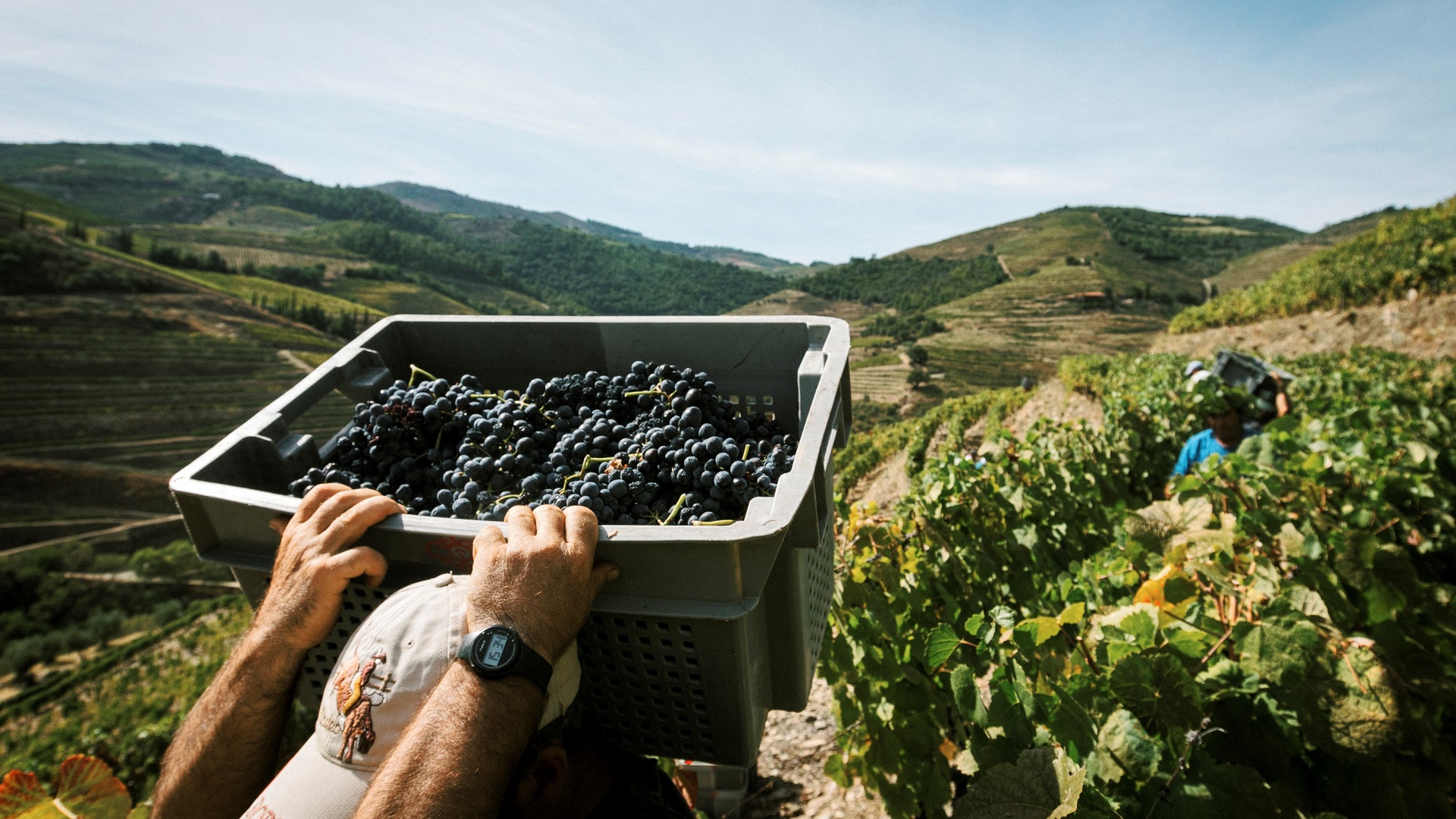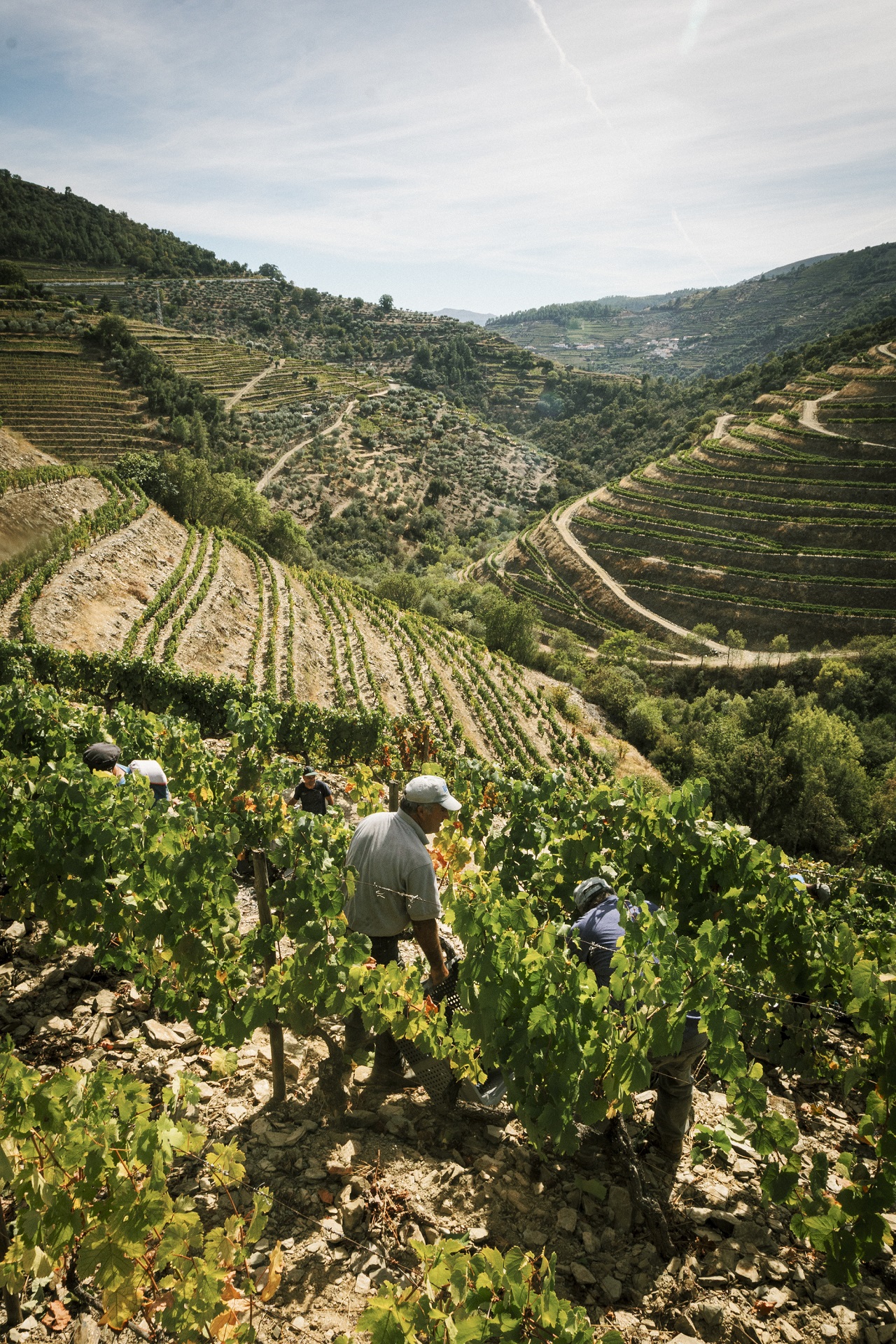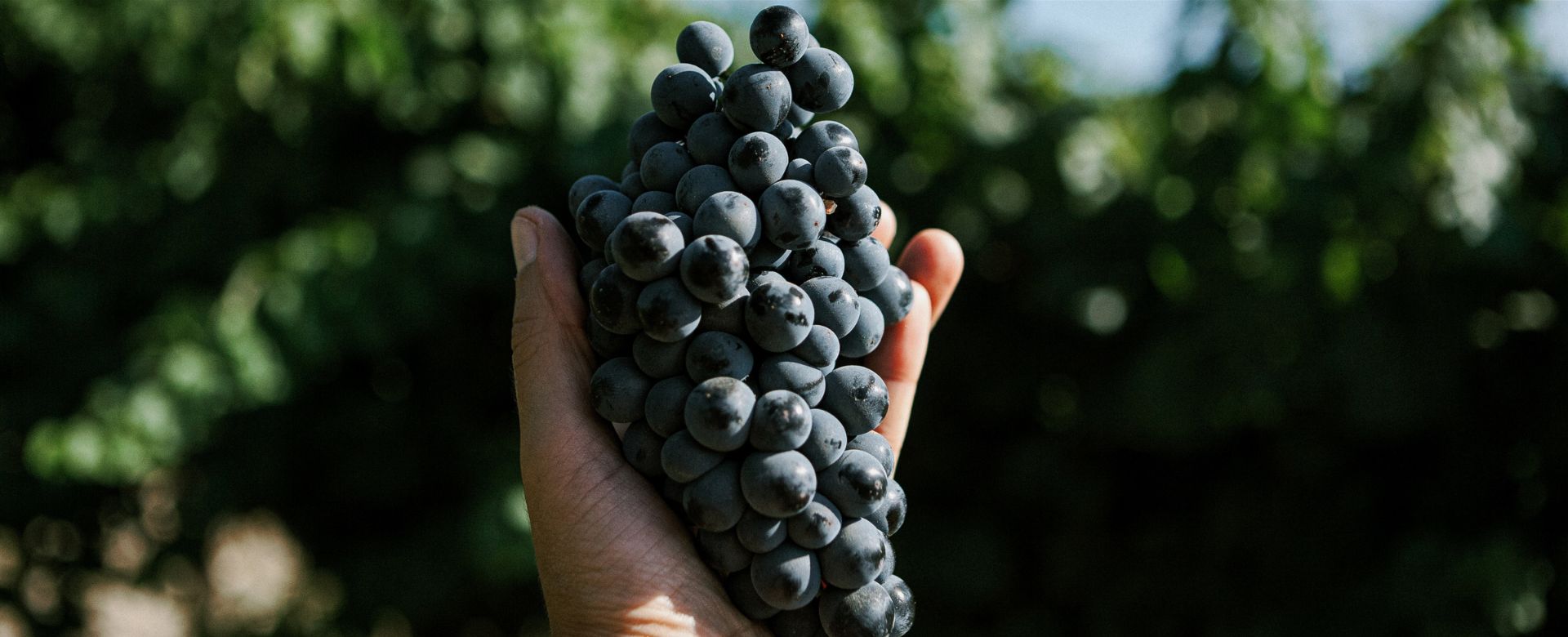The reconversion also involved correctly matching each varietal to its ideal location within the vineyard, making each terrace have a single varietal suited to the specific growing conditions of the terrace. In the Douro, there can be substantial variations in altitude, exposure, and orientation, even within the same vineyard. Correct location of the grape varieties is essential to get the best results from the terroir. Although planting single-varietal blocks was not something new, as it had already been done for research purposes (Dick Yeatman, president of Fonseca from 1949-1966, planted the first single-varietal blocks in 1927), the truth is that it had not yet been practiced on a large scale. Again, Fonseca was a pioneer in this area.
The techniques and philosophy of vineyard systematization ended up evolving later (see Quinta do Santo António). However, the experience acquired at Quinta do Cruzeiro in the early 1970s established the basis for Fonseca's experience and leadership in this field.
The wines from Quinta do Cruzeiro are produced according to well-tested traditional principles. The grapes are selected and harvested by hand and transported to the winery in small boxes to ensure that they arrive in perfect condition. As at all Fonseca estates, grape varieties are harvested and fermented together to ensure that the wines are harmonious and complete. The winery, with its wooden beam roof, is equipped with five granite lagares, each with a capacity for 10 barrels (about 5,500 liters). Here, the grapes are crushed and foot trodden to release the tannins, color and aroma from the skins before the fermenting juice is fortified and becomes Port wine, which is then left to rest until the spring of the following year.For over a hundred years, the wines of Quinta do Cruzeiro have had an important contribution in the Fonseca Vintage Port blends. The wines of Cruzeiro have also been an essential component in the Guimaraens Vintage Port wines, which were launched in 1930 and are produced in years when easier and earlier maturing Vintage Ports are produced. Above all, these wines boast a deep, concentrated fruitiness so typical of many of the vineyards in the Pinhão Valley, but reaching, particularly in Cruzeiro, more vibrant and crisp fruit notes.






















